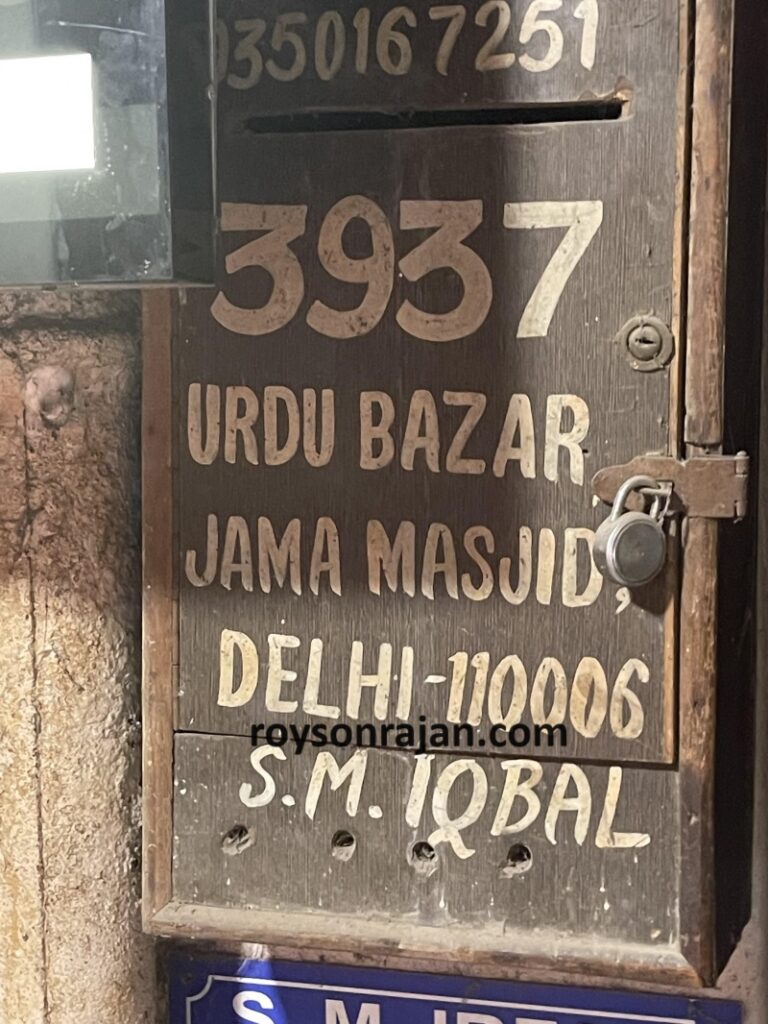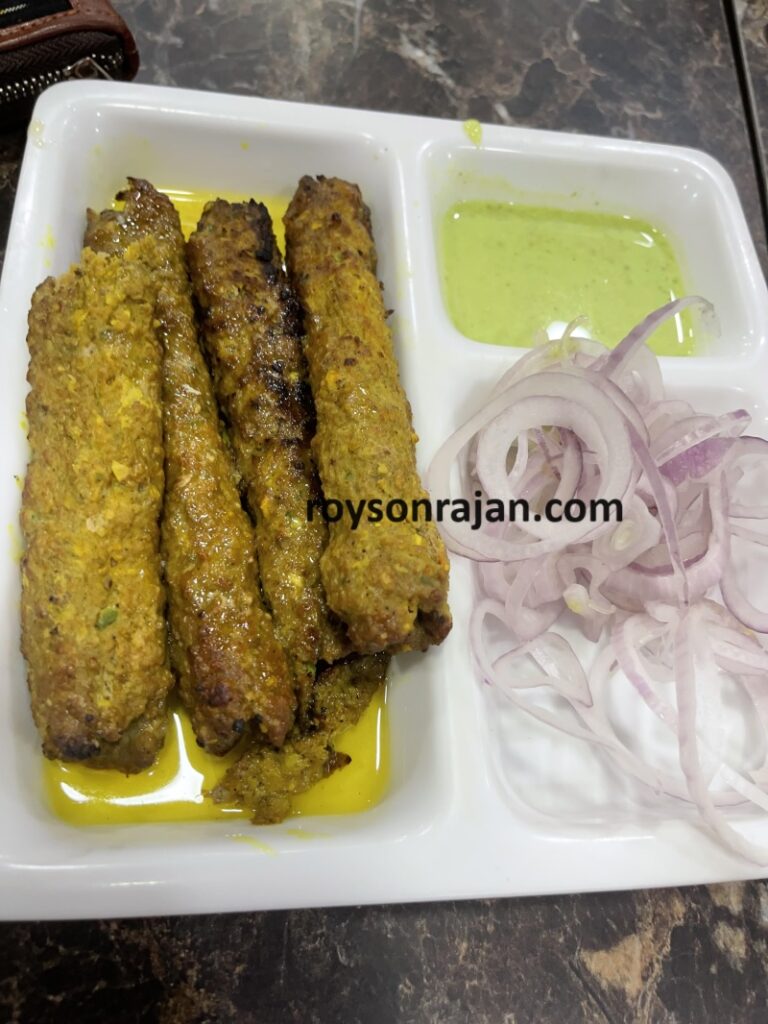Delhi, the vibrant and historic capital of India, is a city where ancient traditions coexist harmoniously with the modern world. This unique blend of the old and new is more evident in the area surrounding the magnificent Jama Masjid, one of the largest mosques in India. At the heart of this historic neighborhood lies Urdu Bazar, a place where centuries-old culture and commerce come to life.
Let me share my experience as I take a closer look at this iconic market and the transformation of the traditional horse-drawn tangas into electric rickshaws.
A Glimpse of Jama Masjid:

As I approached the iconic Jama Masjid, I was immediately struck by its colossal beauty. The grandeur of this 17th-century Mughal mosque, constructed by Emperor Shah Jahan, is simply awe-inspiring. The sight of the massive red sandstone structure against the azure sky was nothing short of a visual marvel.
Once inside, the courtyard was a sight to behold. It was vast, open, and buzzing with activity. Devotees and tourists mingled as they explored the intricate architecture, marveled at the impressive central dome, and climbed the minarets for panoramic views of Old Delhi.
The Fading Pages of Urdu Bazar:

Once upon a time, Urdu Bazar near Jama Masjid in Delhi was known as a bustling hub for books, stationery, and traditional artifacts. It was a place where the essence of centuries-old culture thrived. However, as the years have passed, Urdu Bazar has gradually transformed, fading from its former glory as a literary and cultural center into a vibrant marketplace for food and delicacies.
The Fading Pages of Urdu Bazar:
In the not-so-distant past, Urdu Bazar was a treasure trove of books and knowledge. Visitors could lose themselves in narrow, winding alleys, surrounded by shops filled with literary gems in multiple languages, with a special emphasis on Urdu and Persian literature. The market was a sanctuary for book lovers, students, and bibliophiles who could find everything from old, rare volumes to the latest publications.
Over the years, the digital age has brought about a transformation in the way we access information. With the advent of e-books, online bookstores, and digital libraries, the demand for physical books began to wane. Unfortunately, this transformation did not spare the quaint streets of Urdu Bazar.
The Culinary Resurgence:

As the market for books started to decline, Urdu Bazar saw a resurgence in a different realm – food and delicacies. The labyrinthine lanes that were once lined with bookstores now house food stalls and eateries offering a tantalizing array of culinary delights. Traditional Mughlai cuisine, street food, and sweet shops have taken over, offering a gastronomic journey for visitors.
Discovering Post Box that still says – Urdu Bazaar:

Amidst the transformation, as I meandered through the lanes of Urdu Bazar, I stumbled upon an intriguing relic of the past – an old, weathered post box. What caught my attention was that it still bore the postal address “Urdu Bazaar.” It was a poignant reminder of the area’s historical significance as a communication hub.
In the age of instant messaging and email, post boxes have become symbols of nostalgia. This particular post box, still standing and bearing the name “Urdu Bazaar,” serves as a silent witness to the changing tides of time.
A Journey of Contrast:
The transformation of Urdu Bazar is a reflection of the shifting sands of culture and commerce. While it may no longer be the primary destination for book enthusiasts, it has found a new identity as a food lover’s paradise. It’s a testament to the adaptability of the city and its residents, who have embraced the changing times.
The old and the new coexist in the lanes of Urdu Bazar, where the echoes of literary history mingle with the aromas of culinary traditions. The discovery of the vintage post box, untouched by time, serves as a poignant reminder of the market’s storied past. While the chapter of Urdu Bazar as a literary haven may have faded, a new chapter has begun, one that celebrates the flavors and fragrances of Delhi’s culinary heritage.
The Evening at Qureshi Kebab Center:

By the time evening descended, my appetite had been stoked by the sensory overload of the day. As I strolled through the crowded lanes of Old Delhi, I followed the aromatic trail of sizzling kebabs to the Quershi Kebab Center. This renowned eatery is a legendary name in the world of Mughlai cuisine, known for its authentic flavors and delectable dishes.
The Feast of Delicacies:
Upon entering Quershi Kebab Center, I was welcomed by the tantalizing aroma of charcoal-grilled kebabs and the melodious sizzle that accompanies them. The menu offered a delightful array of traditional Mughlai dishes, and I decided to embark on a culinary adventure.

I began with succulent Seekh Kebabs, perfectly seasoned and grilled to perfection. These kebabs melted in my mouth, leaving behind a burst of flavors that I won’t soon forget. Next up was the creamy and aromatic Mutton Rogan Josh, served with freshly baked naan bread. The tender pieces of mutton in a rich gravy were a perfect complement to the flaky, warm naan.
The culinary journey continued with the biryani, a fragrant blend of spices, aromatic rice, and tender chunks of marinated chicken. Each bite was a burst of flavors that transported me to the royal kitchens of the Mughal era.
I couldn’t leave without trying their famous Sheermal, a sweet, saffron-flavored bread that perfectly balanced the savory dishes I had enjoyed. A glass of sweet and cooling lassi was the perfect conclusion to this lavish meal.
A Journey of Time and Taste:

My trip to Jama Masjid and the surrounding Urdu Bazar was a journey through the ages, where history and culture intertwined seamlessly. It was a reminder of India’s rich and diverse heritage. As the day turned into night, my culinary adventure at Qureshi Kebab Center was the icing on the cake, allowing me to savor the flavors of Delhi’s past and present in one unforgettable experience. This visit, with its grandeur and gastronomic delights, will forever remain etched in my memory as a true feast for the senses.
Explore the transformation of Delhi’s historic Urdu Bazar, from a literary haven to a culinary hotspot near Jama Masjid. Join me on a journey through time and taste, where the old and new coexist, and a vintage post box still bears the name ‘Urdu Bazaar.’ Discover the flavors and fragrances of Delhi’s culinary heritage at Quershi Kebab Center.
Royson Rajan
